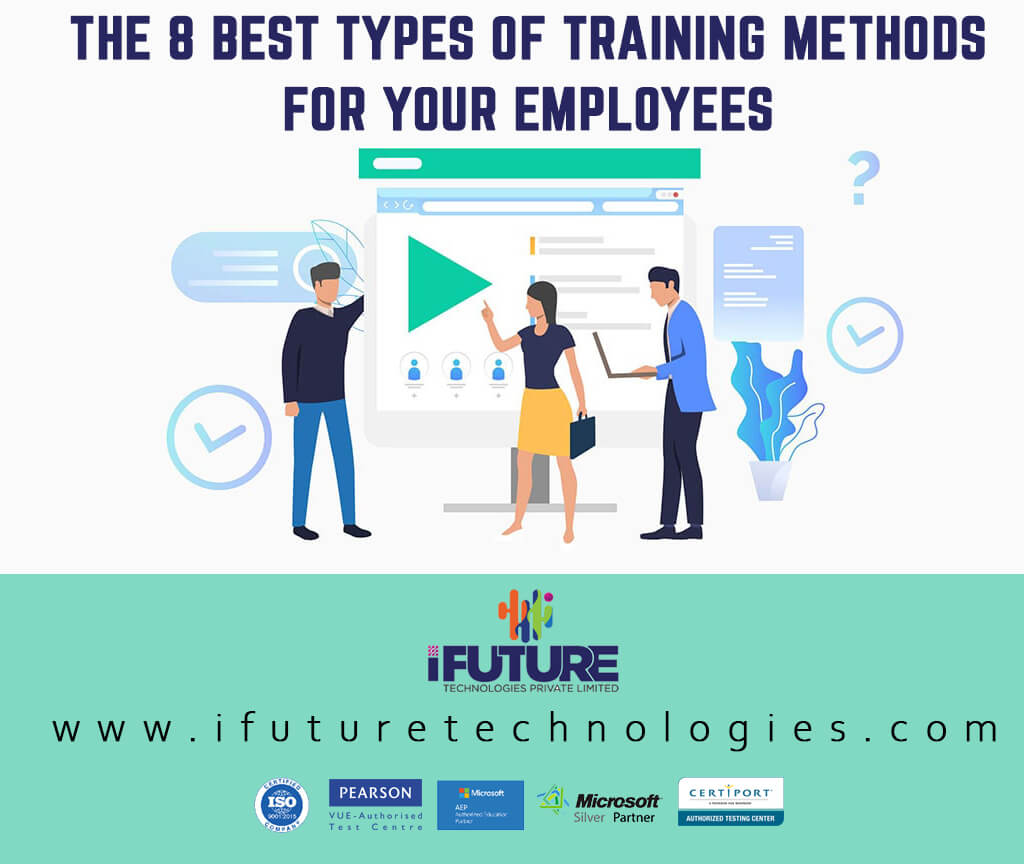Employee training can be vocational, technical and management skills. It comes with plenty of benefits for workers who perform remotely, in-person or a mix of both. The global corporate training market size was valued at $332.9 billion in 2019 and is estimated to reach $487.3 billion by 2030 which is growing at a CAGR of 8% from 2021 to 2030. This is since work training can enhance productivity, efficiency and performance. Below are a few top-tier methods to create a happy and productive workspace.
- Technology-Based Learning
This is computerised or e-learning that mimics classroom-style teaching. Workers can learn at individual paces with materials like webinars and videos. The organization gains benefits like reduction in skill gaps, improvement in service quality and strengthening company culture, says top leading corporate training providers like iFuture Technologies.
- Simulators
The learner is taught to perform different activities in a real-world scenario. This helps them be well prepared, should the incident really occur. It is mostly seen in civil aviation, education, entertainment and defence and security. This technique is an ideal way to train a large number of corporate employees and offer immediate feedback.
- On-the-job Training
Workers actually ‘perform the skills rather than watching. This experimental learning is a beneficial way to gain valuable knowledge. Researchers have found that only 5% of the material is retained through lecture but a whopping 75% when taught via an on-the-job method. It improves accuracy and functional skills to a great extent.
- Coaching/Mentoring
A supervisor, a mentor or a veteran in specific fields offers a structured curriculum. A trained professional can teach new skills, answer questions and help staff solve issues in unique ways. Hiring a coach to provide from a reputed institute can be interactive, engaging and time-efficient which is helpful in the long run.
- Instructor-led Training
This is the classroom-style traditional training method. It is effective when big chunks of information need to be passed to employees. Instructor-led training mainly includes visual content in the form of presentations and videos. There are direct interactions, quick question addressed and effective personal guidance for complex topics.
- Roleplaying
This is similar to group discussions where employees are given a scenario. It is not fit for simple topics but for jobs that require direct client-customer interactions. This is also impactful to deal with internal issues. For instance, role-play is an excellent way to teach seniors and managers how to deal with workplace harassments.
- Films and Videos
These can come through in the form of live-action, animation, screen recordings and to-camera. These make boring materials fun, simple and engaging. Studies have found that employees are far more receptive to this teaching style. Employees can go back to the material whenever required to brush their skills.
- Case Studies
Problem-solving, decision making and analytical skills are best incorporated with case studies. Trainees can analyse situations and come to a practical and ideal solution. These are quick ways to learn complex topics and implement them in the workplace.
The culture, size, budget and employee preference must be kept in mind before picking a learning style. Make sure to track progress to be able to develop your workers better.
The 8 Best Types Of Training Methods For Your Employeeshttps://t.co/tzyJqNKrLO#CorporateTraining #employeetraining #LinkedIn #Employees #ifuturetechnologies #kalyan #Thane #India #Training #institute #corporatetrainingcourses #employeetrainingprogram #TrainingandDevelopment
— IFuture Technologies Private Limited (@ifuturetraining) June 27, 2022




